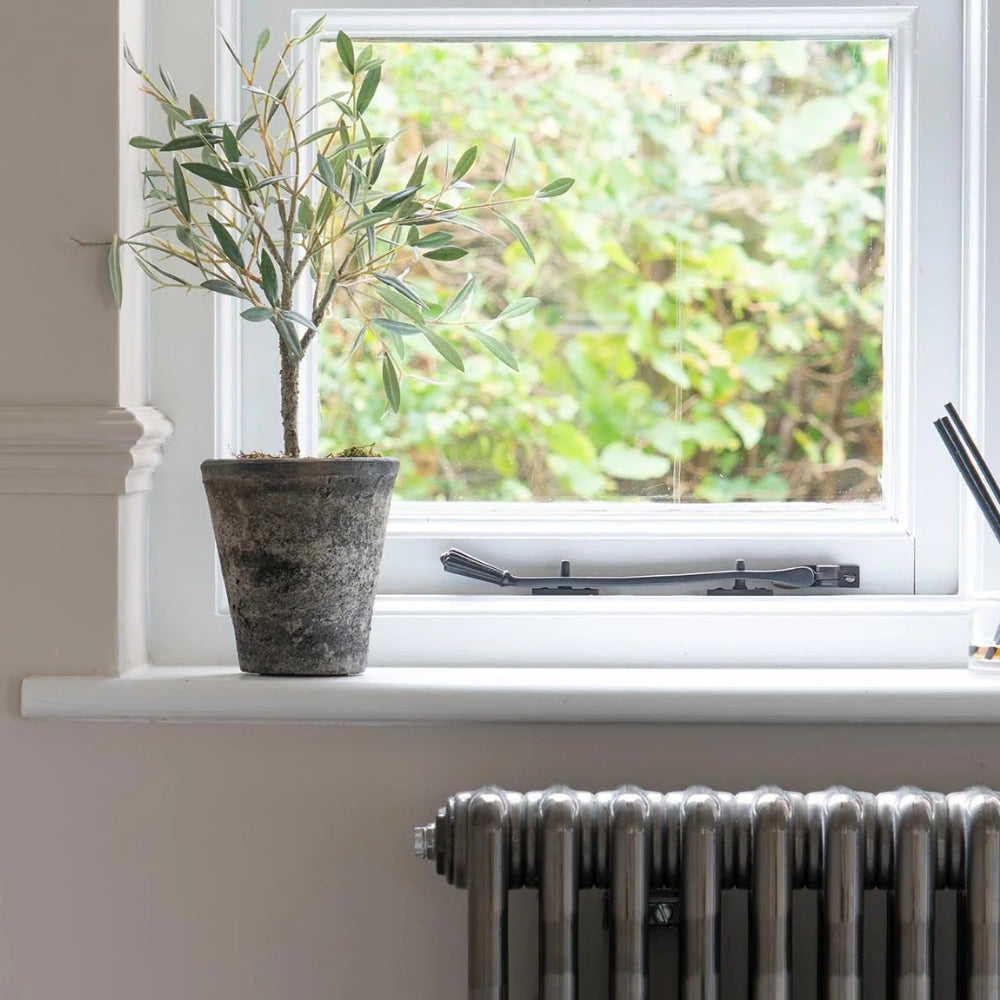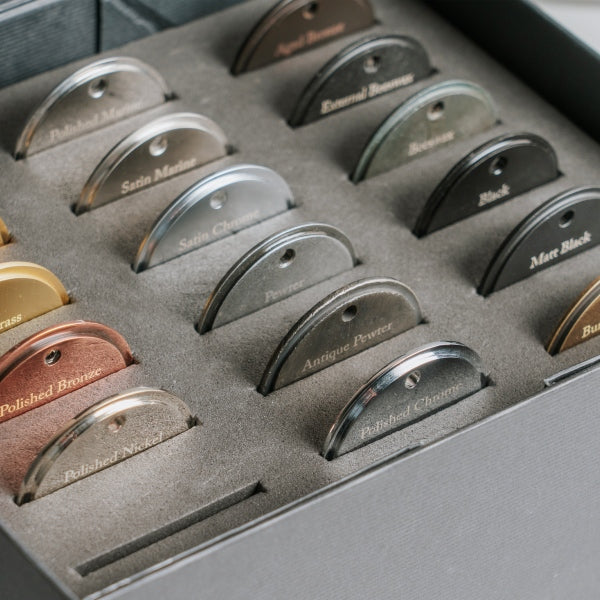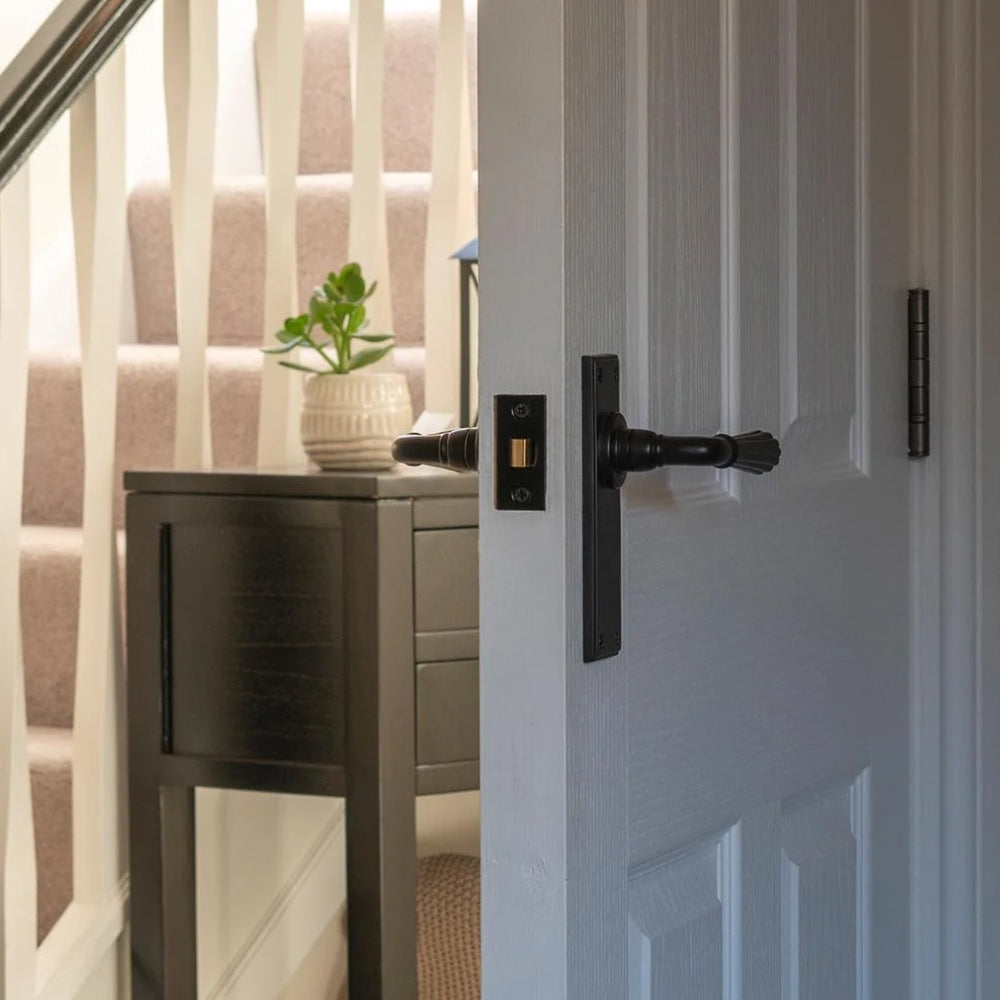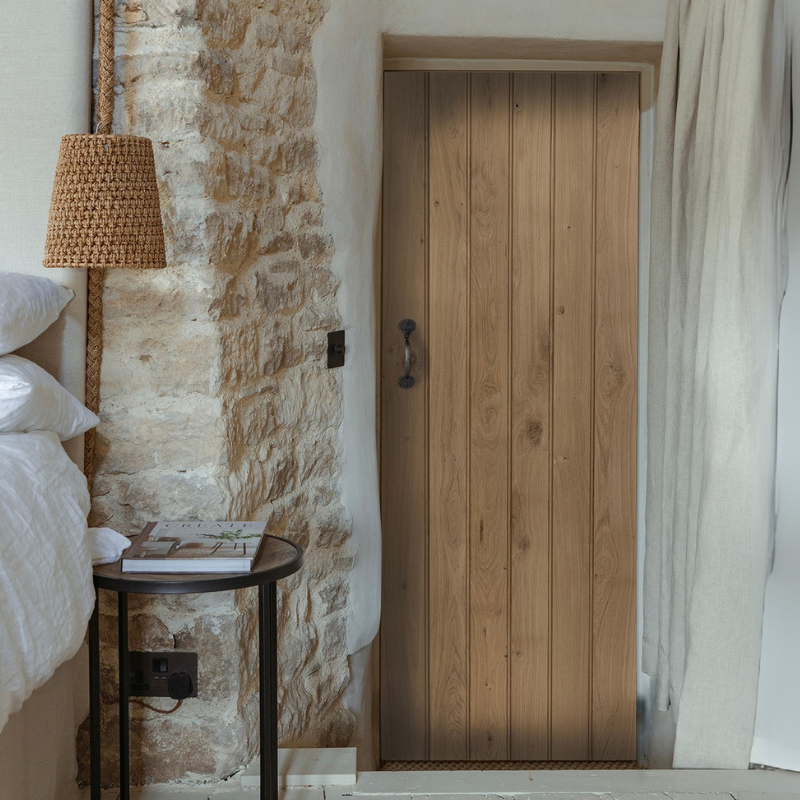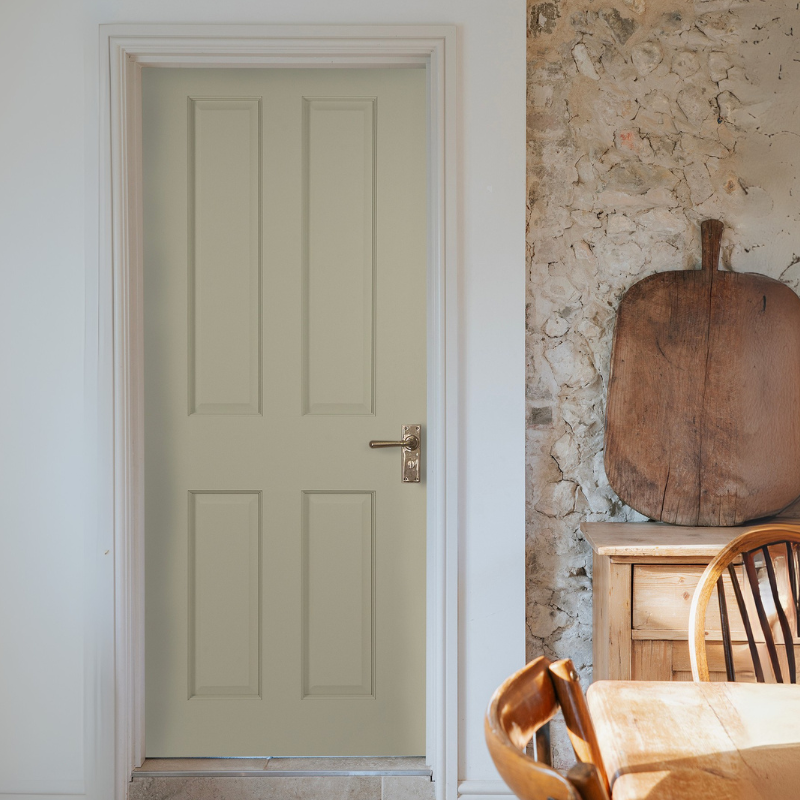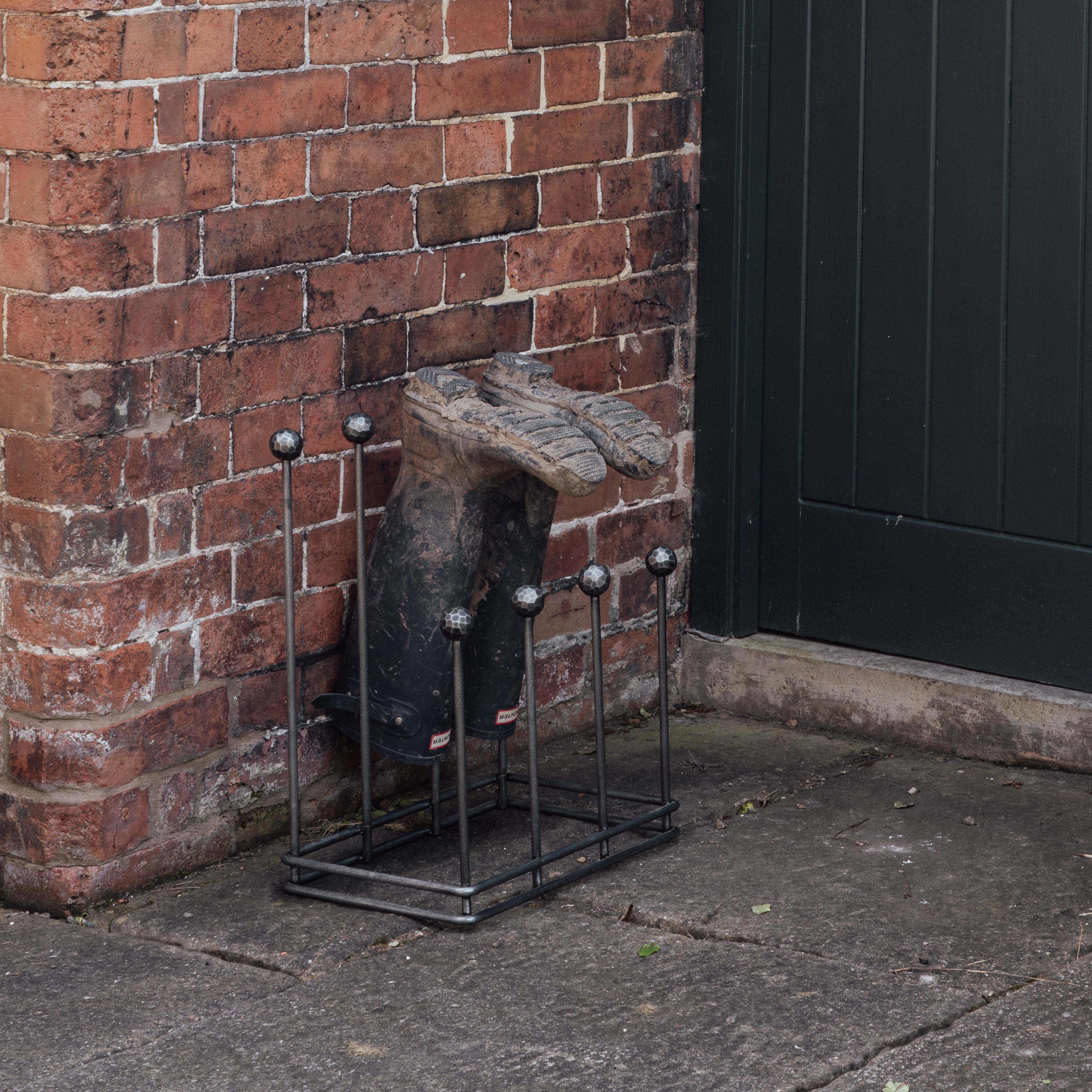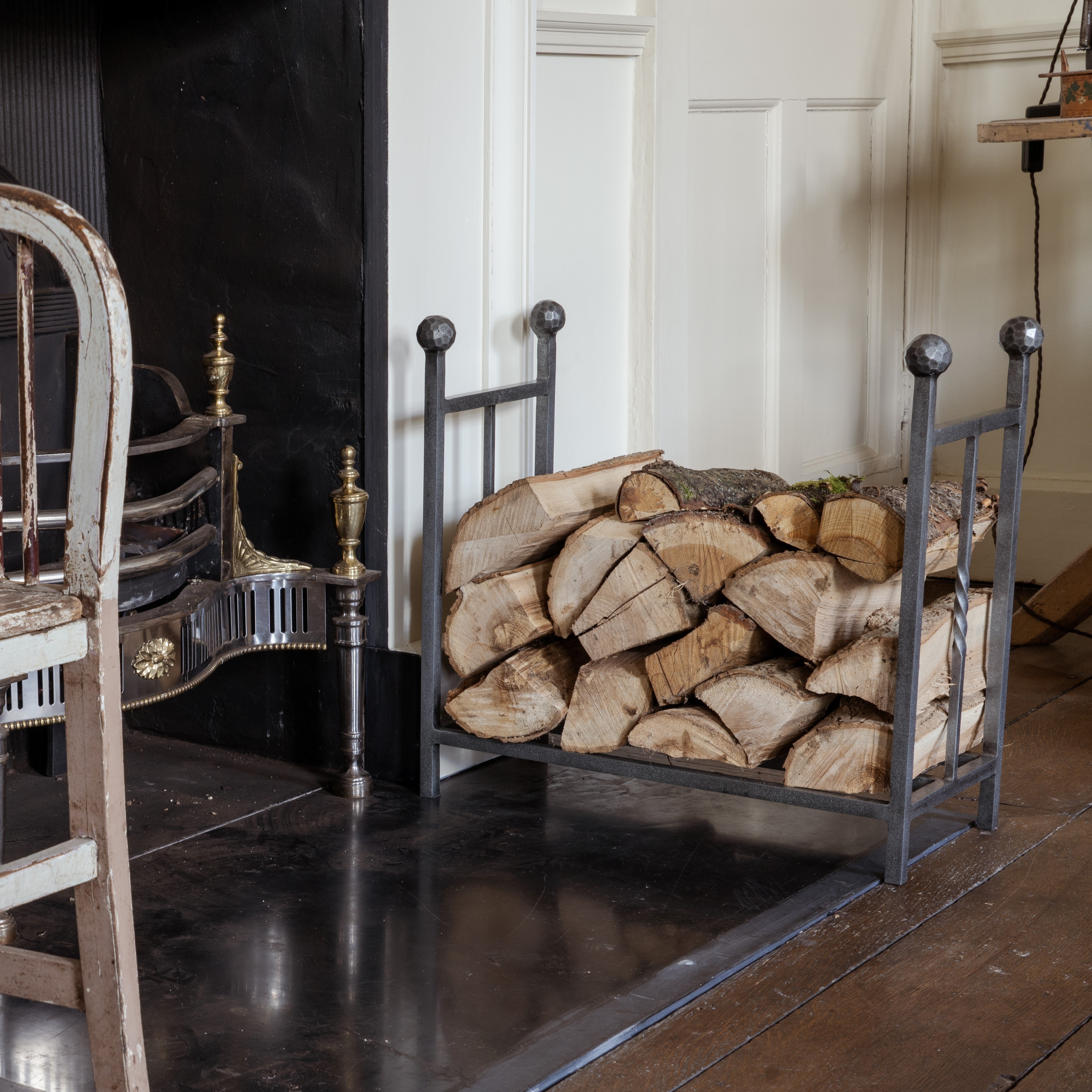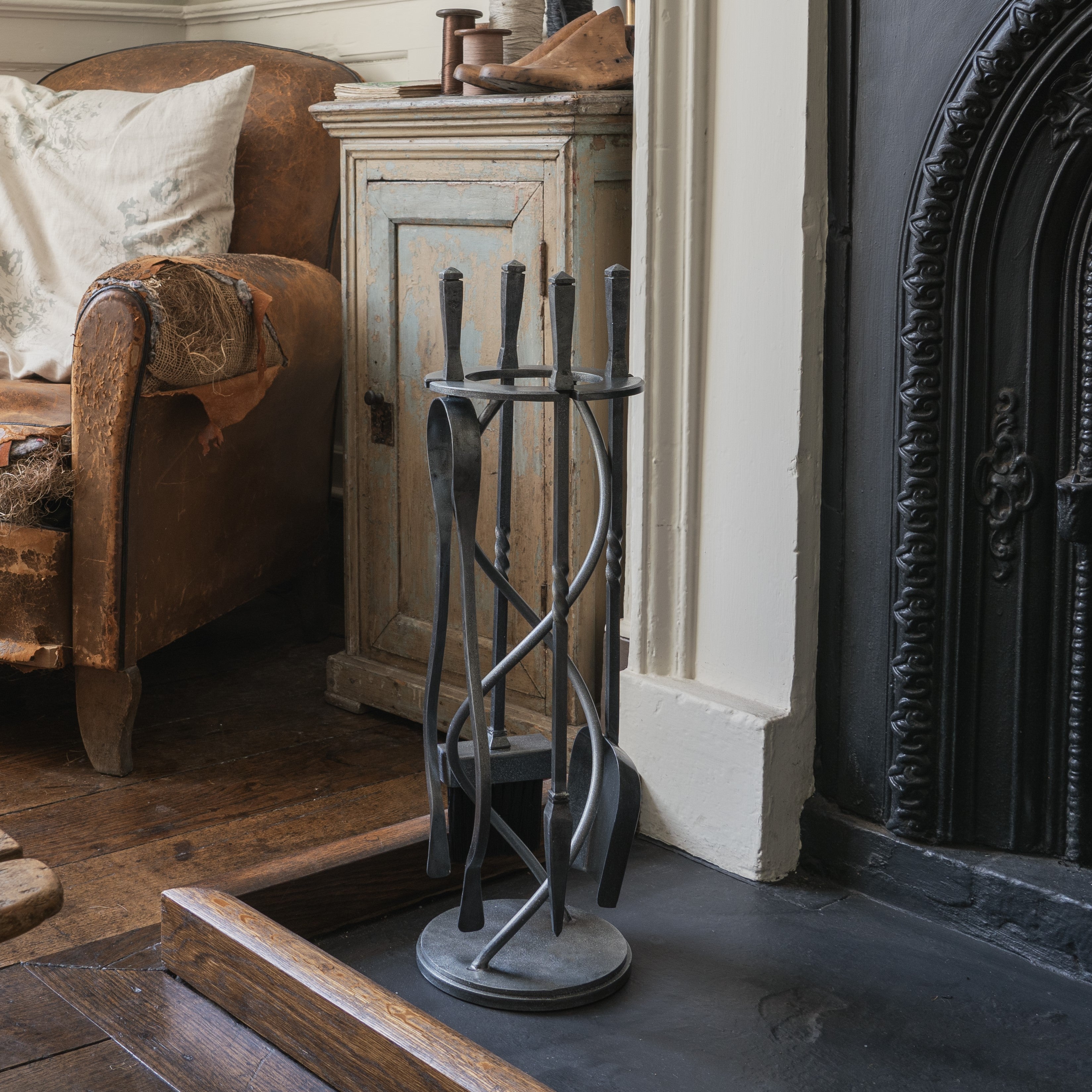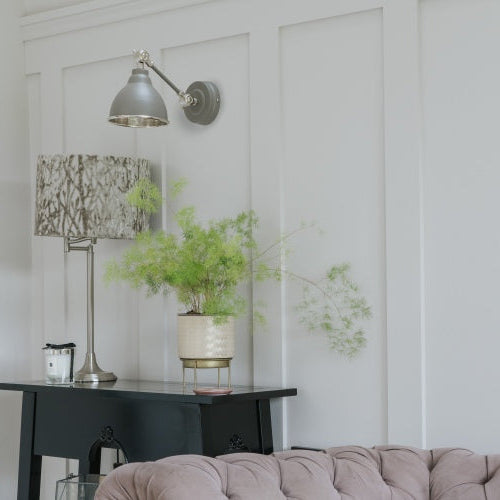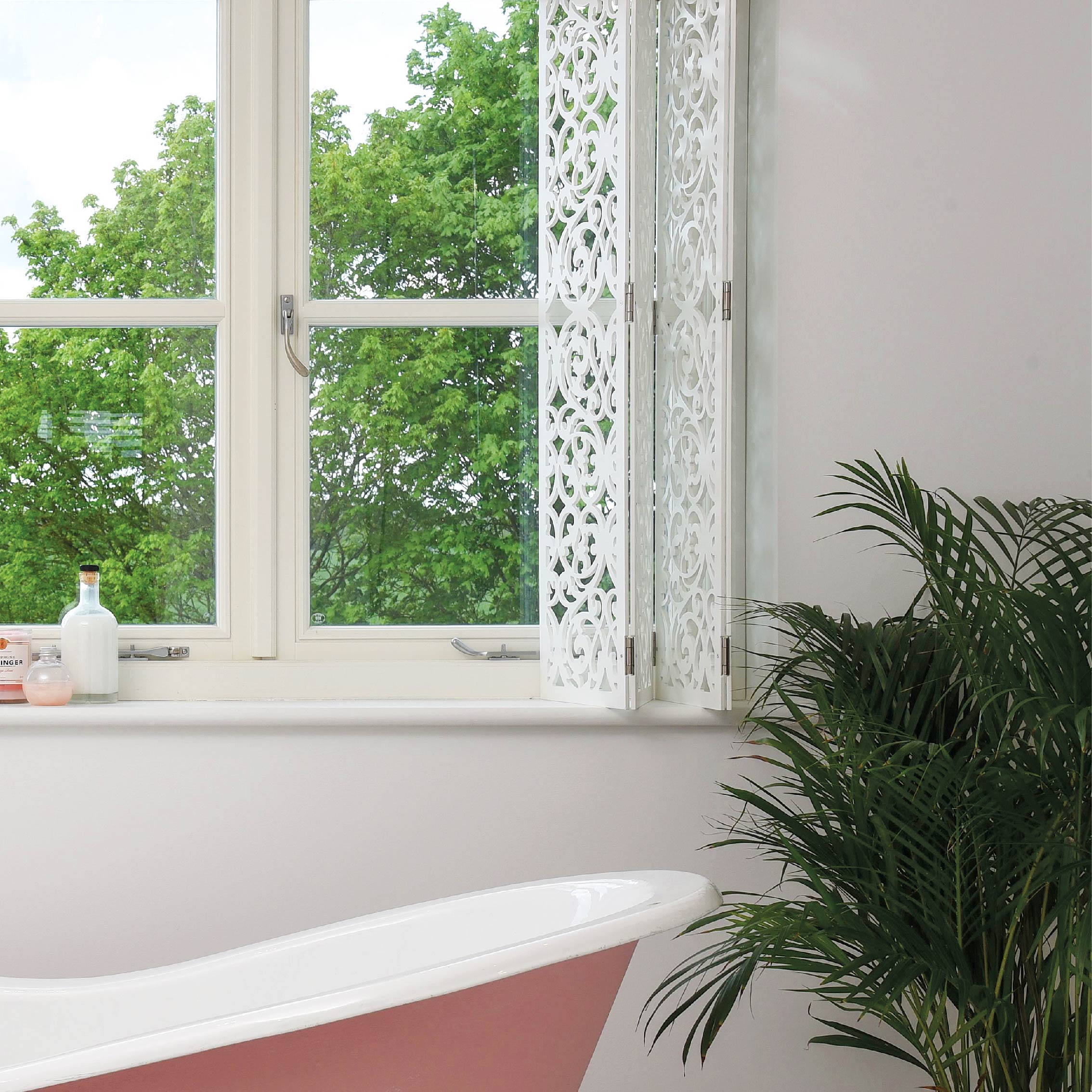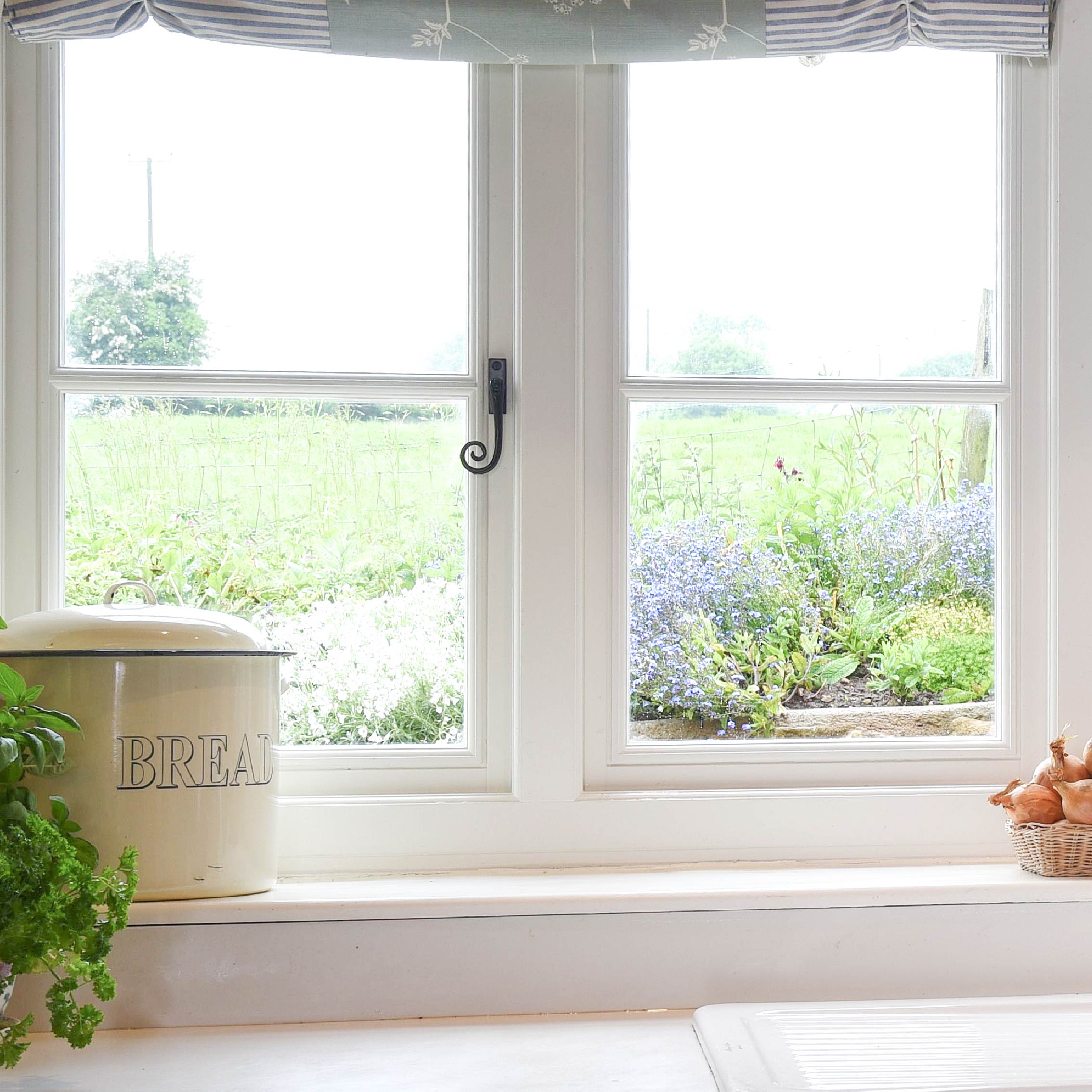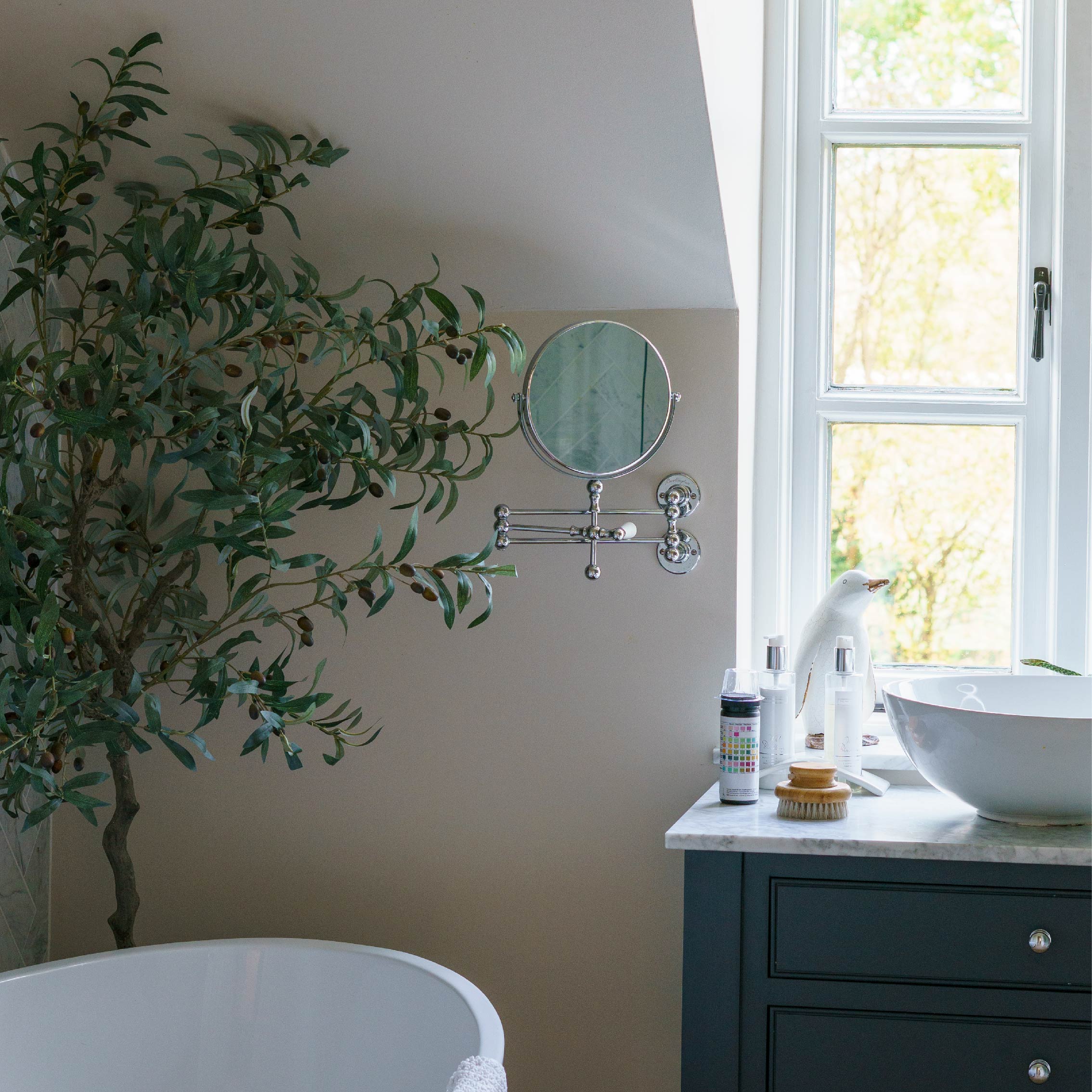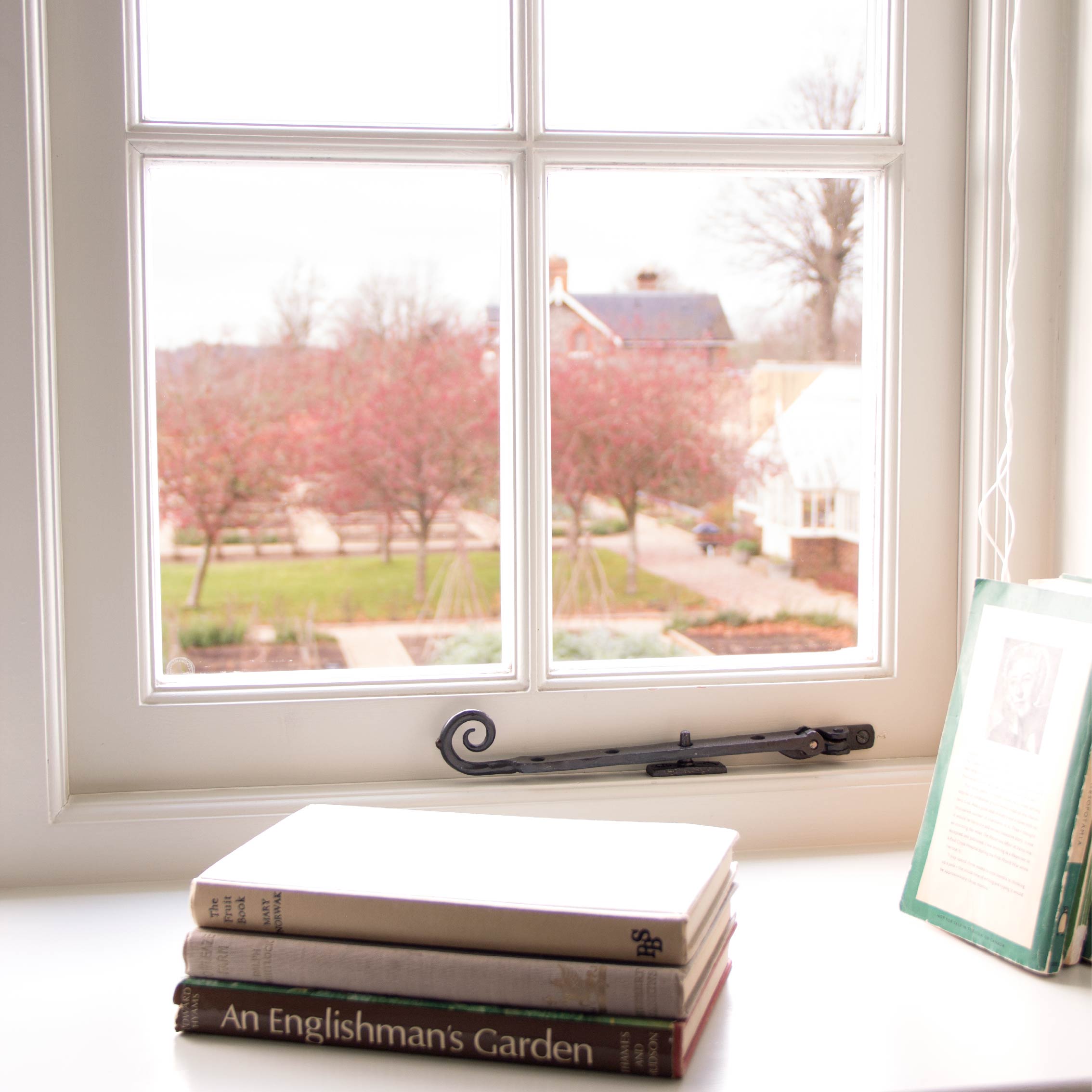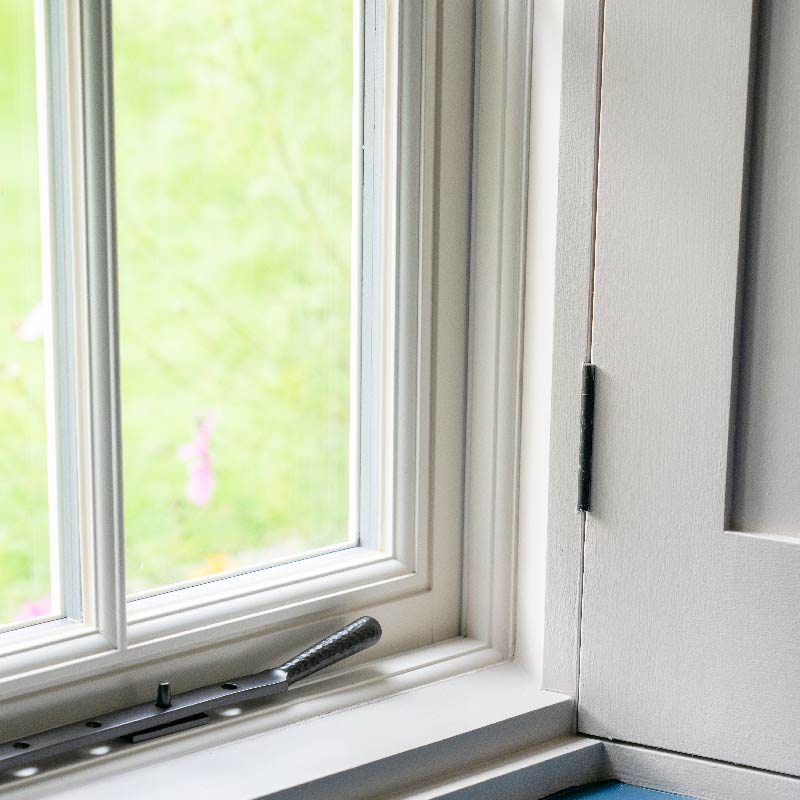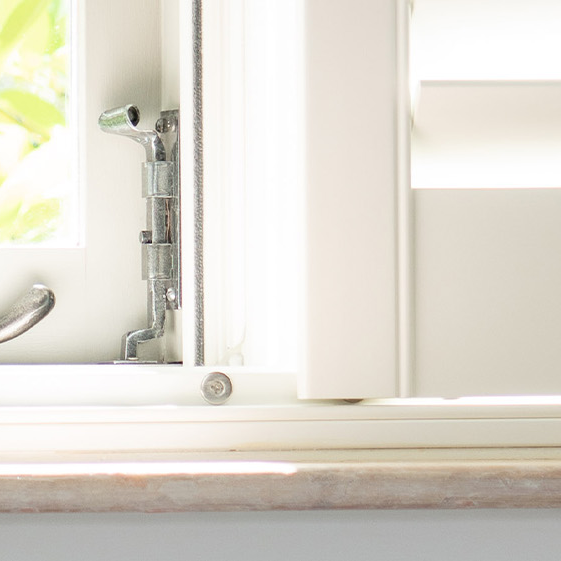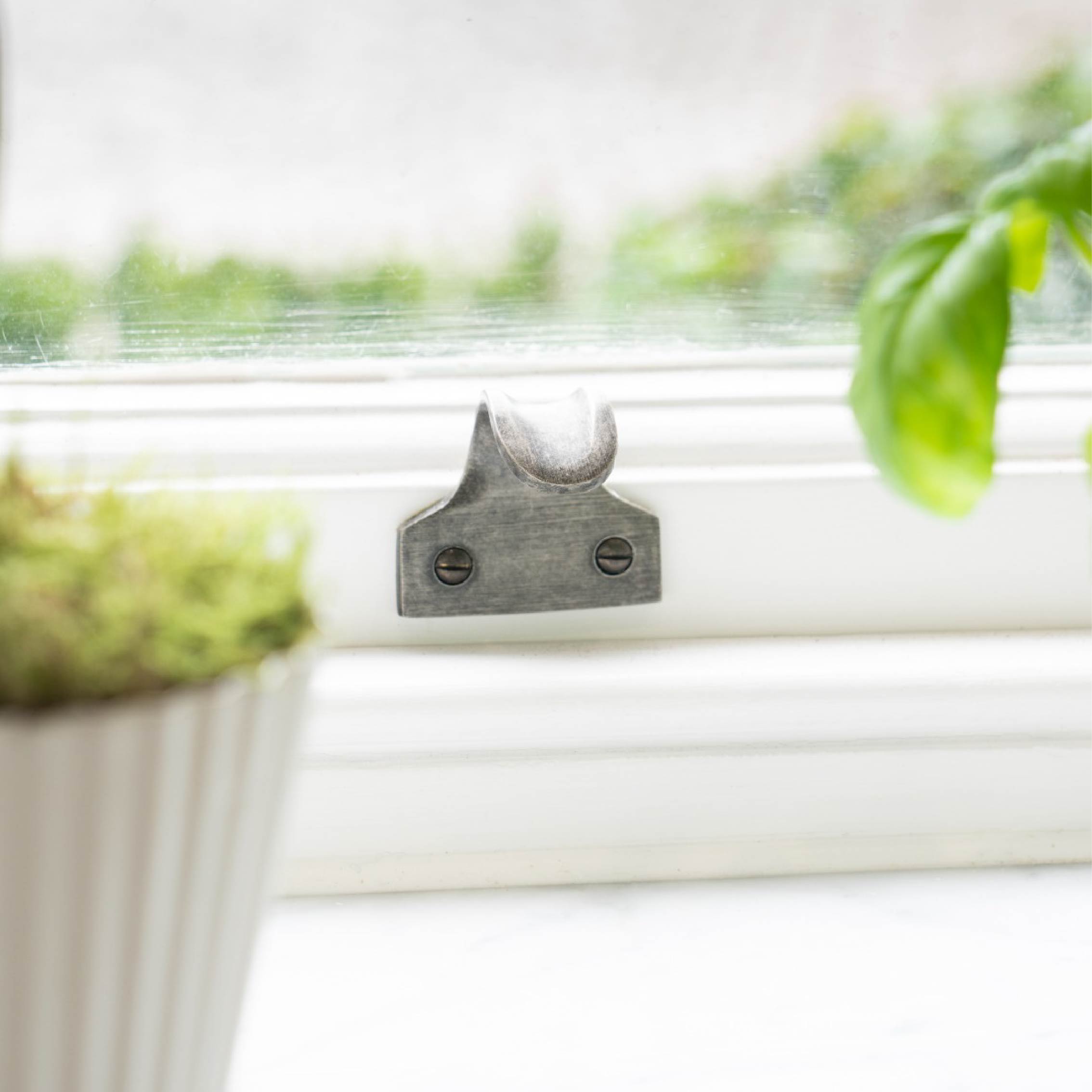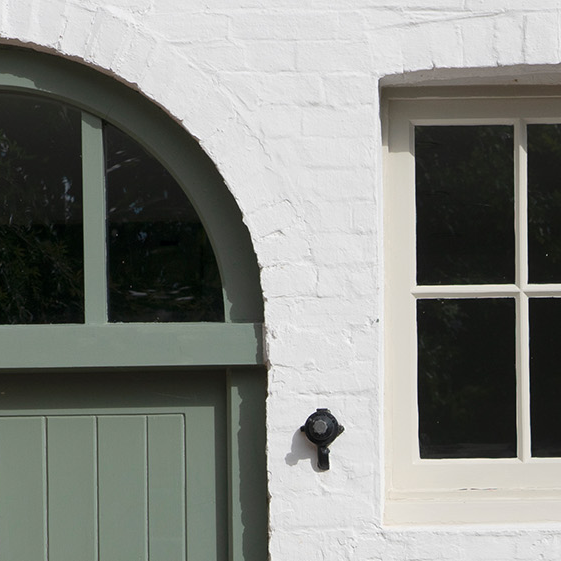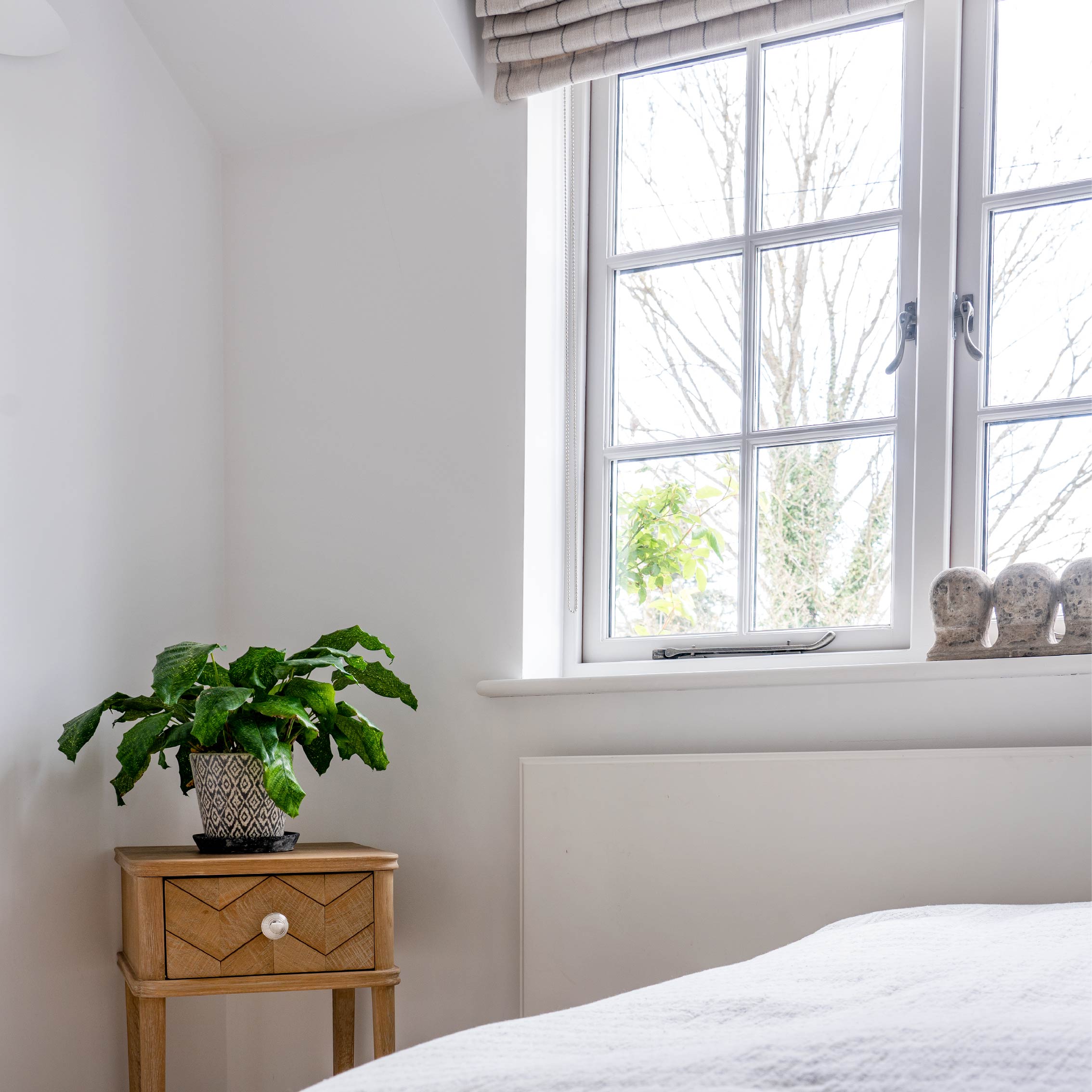Windows are an essential part of every home and deserve to be treated as such! Upgrade your windows with our quality window furniture including stays, fasteners and more...
FAQs
What type of window handle do I need?
This depends on various factors. Firstly, do you want your window handle to lock? If yes, you’ll need a locking fastener, and if not, you’ll need a non-locking fastener.
If your window already has a locking system (as is very common with PVC windows), you’ll require an espagnolette (espag.) handle.
Next, you’ll have to decide if your window requires ventilation. If so, you’ll need to choose a night-venting handle.
Finally, you can choose the style and finish you desire! If you’re still unsure about what type of handle you need, feel free to get in touch!
How do window fasteners work?
Both our locking and non-locking fasteners work via a small grub screw within the handle which is tightened into the fixing plate of the handle using an Allen key.
Do I need a left- or right-handed window handle?
Take a look at your window while standing inside the house. If your handle opens clockwise away from the frame, you need a left-handed variant, and if your handle opens anti-clockwise away from the frame, you need a right-handed handle.
What’s the difference between normal and Night-Venting fasteners?
Normal fasteners allow the window to be locked in an open or closed position and are often used in conjunction with an ‘arm’ stay fixed to the lower frame which allows you to prop the window open without adding any security. Night-venting fasteners have a pin which protrudes away from the window frame and allows you to lock the window in a slightly open position, so the room can be ventilated without compromising security.
Can I use a fastener on a weather sealed/stripped window?
Yes, you can! When used with the flat mortice plates supplied with them, our fasteners are designed to close onto weather sealed/stripped windows to give a nice, tight fit without damaging the seals.
Is a locking fastener enough security to satisfy my insurance company?
The mechanism within our locking fasteners should be secure enough to withstand any attacks on your home, but you’ll need to talk to your insurance company for the full details of your policy.
What type of window lock do I need?
The simplest type of window lock is a stand-alone lock which is morticed into the window alongside a keep fitted into the frame. You could then fit an espag. handle to operate this lock. Alternatively, a multi-point locking system could be fitted which provides extra security in line with British Standard & insurance policies, but this process is a lot more complex so we advise asking an experienced window fitter or joiner to do this.
What does the 8”, 10”, and 12” measurement of your window stays refer to?
The 8”/10”/12” figure assigned to our window stays is usually measured from the fixing plate to the end of the stay. If you need more information about the exact measurement of these items, it’s best to check the technical drawings and dimensions on the individual product page. Also, please note that the majority of our stays are hand-crafted so there may be slight differences with the actual measurements.
Are your window stays lockable?
Yes, our stays can be locked. To do so, you’ll need to purchase a Locking Stay Pin from the “Spares & Accessories” section of our website. You can use this to replace the existing pin and it can then be locked and unlocked using an Allen key.
Is a stay with a locking pin secure enough to satisfy my insurance company?
The mechanism within our locking stays should be secure enough to withstand any attacks on your home, but you’ll need to talk to your insurance company for the full details of your policy.
What’s a window espagnolette handle and how is it different from a fastener?
Fasteners work simply via a catch and release mechanism via a mortice plate on the edge of the window frame. Espag. handles are designed to operate an espag. lock which is fitted inside the window frame. Espag. locks are a secure shoot bolt system which operate when the espag. handle is turned, moving the spindle to work the lock. These handles are equipped with a long spindle which can be cut down to the desired length but come in a standard diameter to ensure they’re compatible with standard lock types. It’s important to note that our espag. lever handles are handed so you’ll need to ensure you choose the correct hand. All our espag. handles also come with a locking grub screw underneath the handle which can be locked into place with an Allen key for additional security.
Do I need a left- or right-handed espagnolette window handle?
To determine which variant of espag. window handle you need, take a look at your window from inside the property. If your handle opens clockwise away from the frame, you need a left-handed variant. If your handle opens anti-clockwise away from the frame, you need a right-handed variant.
Can I use an espag. window handle on any window type?
Our espag. handles are designed to fit any standardised locking systems (i.e., those with standardised fixing centres and spindle sizes) including stand-alone and multi-point lock sets. As long as the window lock is designed for espagnolette handles, it should work on any window material, including timber, plastic, and aluminium.
What hardware do I need for my sash windows?
Within your window frame, you'll need sash pulleys and a nylon sash cord which helps slide one window over the other when opening.
You'll need to fit each sash panel with sash lifts, eye lifts, or pull handles. All of these are used as handles to open/close the sashes, but vary in their shape and appearance. Typically, two handles are fitted to the upper and lower sash panel frames.
You'll also need one or two sash fasteners, which are fitted on the frame between the two sash windows and used to lock/unlock them in place.
What type of hinges do I need for my windows?
This depends on the type of window you have.
Butt hinges: very common hinges which can be used for standard windows.
Half butterfly hinges: used as a decorative alternative to butt hinges.
Friction hinges: allows the window to be held open at any desired position without needing additional hardware (e.g. a stay).
H & HL hinges: used to provide extra support to large/heavy windows.
Stormproof hinges: used for rebated windows and offers a weather-proof system.
Shutter hinges: used to fit window shutters.
If you're unsure about which type of window hinges you need, talk to a local professional, or get in touch with our friendly team for some free advice and guidance.






